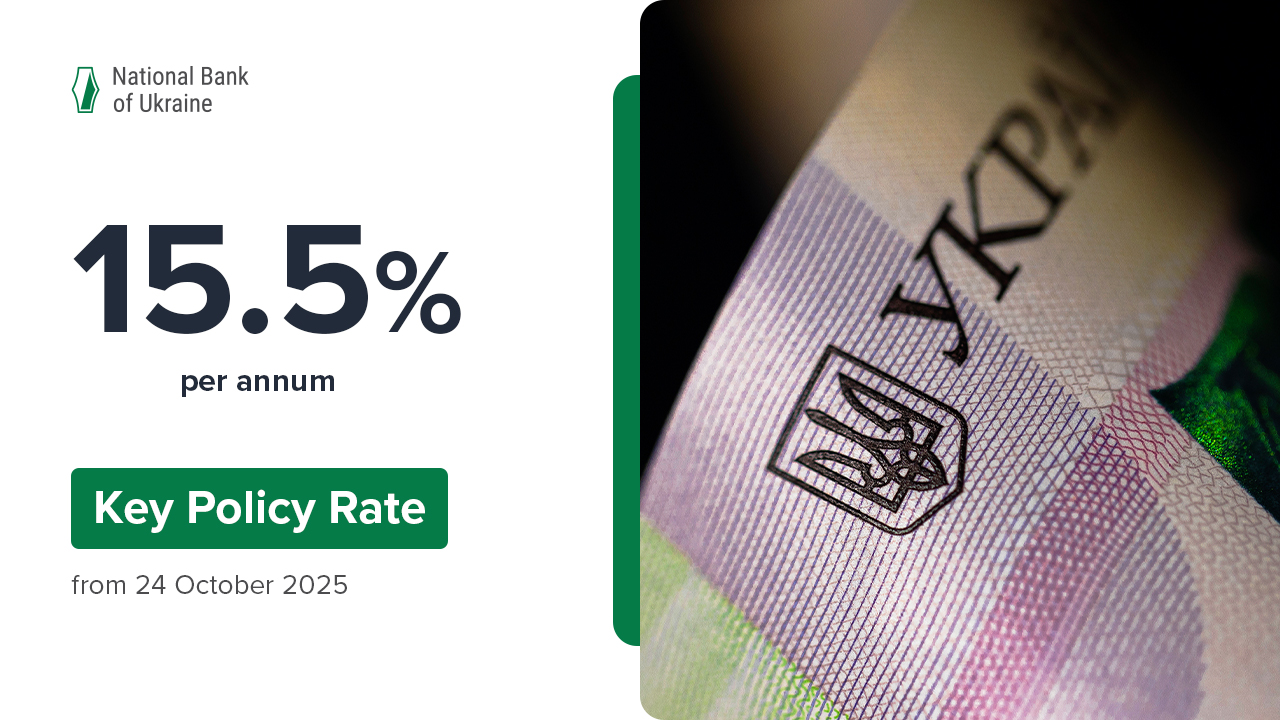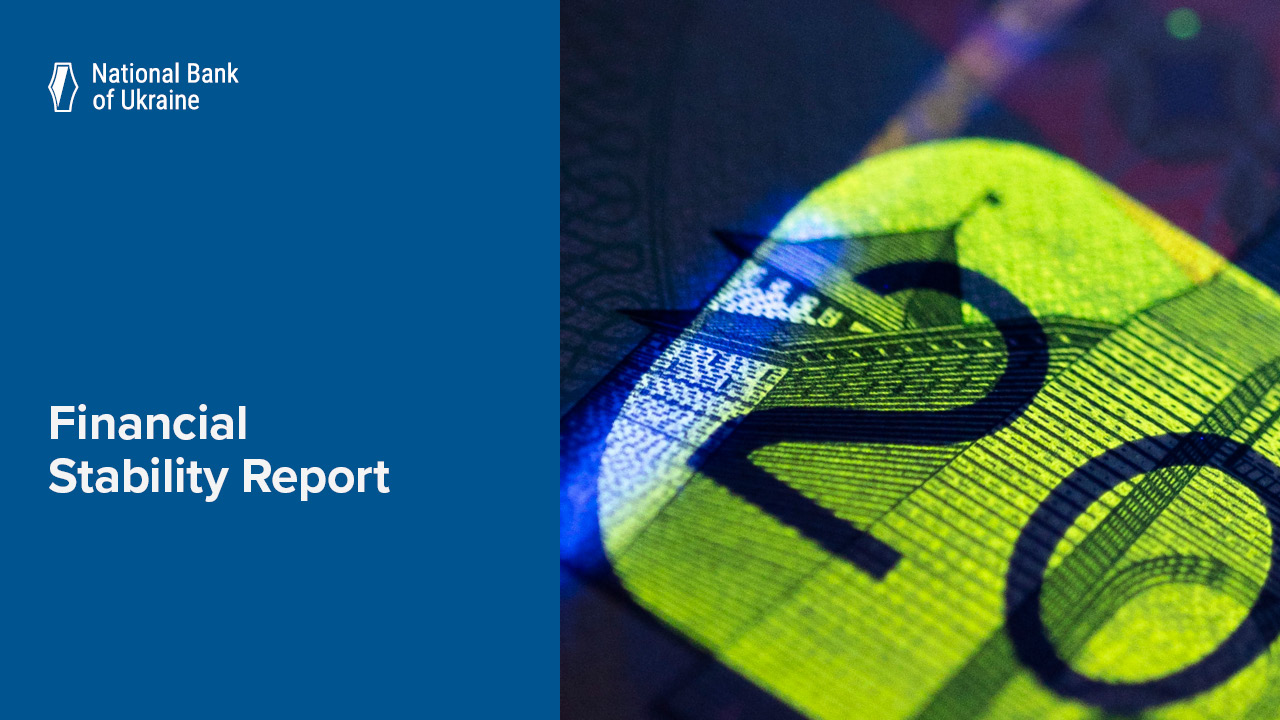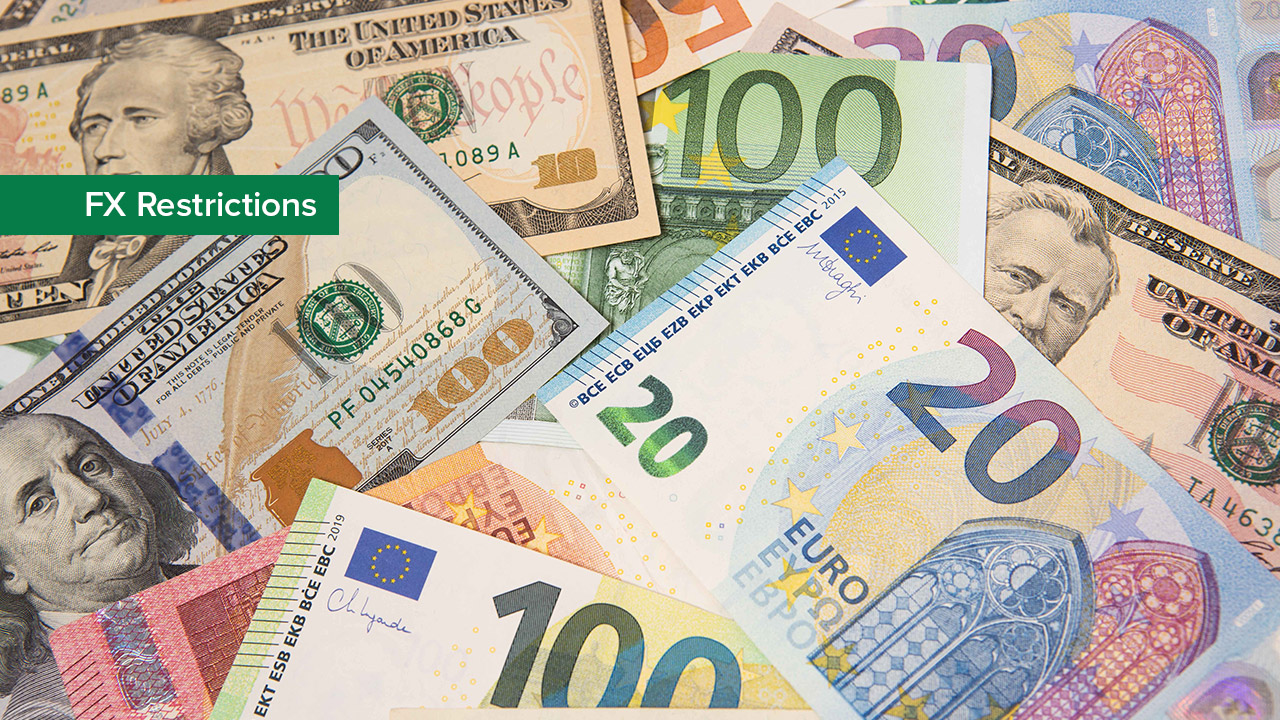According to 2016’s performance, the current account deficit was recorded at USD 3.4 billion.
The widening of the deficit resulted from a decline in goods exports, as well as resumed growth of imports. In 2016, export volumes fell by 5.2% to USD 33.6 billion. Imports of goods grew by 3.8% to USD 40.4 billion over the year.
In 2016, food exports increased by 5.4% The primary growth factor resulted from a 15.1% increase in the value of exports of sunflower oil and seeds. The volume of grain exports also grew significantly. However, due to a slump in global prices of grain, its export in value terms remained at last year’s levels.
At the same time, exports of other commodity groups shrank. The decline stemmed from unfavorable pricing situations on world commodity markets, especially in H1 2016, and the impact of trade restrictions imposed by Russia and a number of other restraining factors (including transportation obstacles within the country). Thus, export of ferrous and non-ferrous metals dropped by 11.6%, mineral products were down by 10.5%, export of machinery declined by 17.8%, and chemical products export fell by 24.8%.
In terms of export destinations, the steepest drop was in exports to Russia (by 25.8%), whose share in total export volumes decreased to 9.3%. Exports to EU countries increased by 2.4%, while the share of the EU in total exports went up to 31.9%.
A gradual economic recovery helped revive demand for investment and consumer goods. Non-energy imports grew by 16.2% (compared to a decline of 34.6% in 2015). The biggest growth of imports was recorded for machinery (by 37.9%), chemical products (10.1%), and foods (13.4%).
At the same time, energy imports continued to decline (by 27.9%), mainly as a result of lower imports of natural gas.
Net income on the financial account (net borrowings) increased to USD 4.6 billion in 2016 (compared to USD 582 million in 2015).
The financial account’s dynamics were mainly determined by net inflows under private sector transactions (USD 5.5 billion). At the same time, public sector net payments amounted to USD 0.8 billion, mainly as a result of repayments under the central bank’s SWAP transactions.
The net inflow of foreign direct investment (FDI) in 2016 rose to USD 3.4 billion (compared to USD 3 billion in the previous year). FDI inflows to the banking sector (USD 2.2 billion, or 67% of total volumes) made up the lion’s share of such inflows, the same as in the previous year, primarily as a result of carrying out debt-to-equity operations.
Debts to non-residents under inter-bank loans decreased by USD 2.2 billion (compared to USD 3.6 billion in 2015).
The decline in FX cash outside banks accelerated to USD 4.7 billion (from USD 1.8 billion in 2015).
In general, the balance of payments posted a surplus of USD 1.3 billion in 2016, compared to USD 849 million in 2015.
The balance of payments surplus and the receipt of the third tranche from the IMF (equivalent to USD 1 billion) contributed to Ukraine’s international reserves rising to USD 15.5 billion, which is sufficient to cover 3.4 months of future imports.
The updated data for December 2016 is available under External Sector Statistics.
See the Macroeconomic and Monetary Review (January 2017), for more details on macroeconomic developments in December 2016, which will be published on 31 January 2017.
Reserves in months of imports were calculated on the basis of a new macroeconomic forecast, which was approved by an NBU Board decision of 26 January 2017, and which will be included in the Inflation Report for January 2017.






